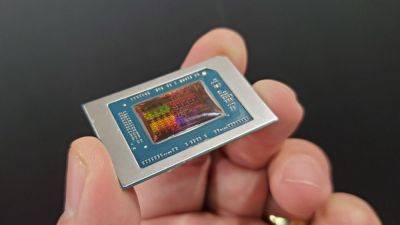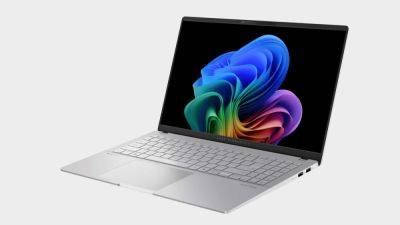Qualcomm's new Windows PC chip supports AMD's FSR… and I'm not sure AMD had any idea about it
One of the things I was most interested to see out here at the Computex 2024 techstravaganza were the swathe of Snapdragon X Elite laptops that are soon to launch, mostly because it's been surprisingly bullish about its gaming performance. But the first time I've actually got to test the gaming performance myself yielded something surprising: The X Elite uses AMD's FidelityFX Super Resolution (FSR) upscaling to great effect.
And the other surprising thing is that some AMD folk I spoke to at the show didn't seem to know that was a thing, either.
But this is the strength of FSR; it's been built to be vendor agnostic, but I don't think it was expecting to be completely instruction set agnostic, either. After all, we are talking about a very different version of Windows here. Snapdragon X Elite chips run on Windows on ARM as they're not the same sort of x86 silicon as Intel and AMD's traditional CPUs.
At the demo event in downtown Taipei we had the chance to get our hands on a host of different Qualcomm-based laptops, from all the top notebook manufacturers, but it was the Samsung Galaxy Book4 Edge that piqued my interest because that was the one running Baldur's Gate 3.
As is my wont, on clocking the 30-odd fps frame rate I jumped straight into the settings to see what level the game was running on. Now, it was just playing at 1920 x 1080 and set to a global Low level in the game. Which is fine, it's not stellar, but absolutely playable and you could be bounding through Baldur's Gate on this thin-and-light machine for a lot longer than any other mobile device thanks to the integrated Adreno GPU's power-sipping performance.
But then I clocked the FSR settings, thinking 'surely, this won't work, this won't make any difference?' However, just flipping FSR 2.2 to Quality on the same settings jumped the 1080p performance up by at least 10 fps, sometimes higher. Feeling more confident, despite the concerned look on the face of the Samsung R&D dev standing by my side, I







